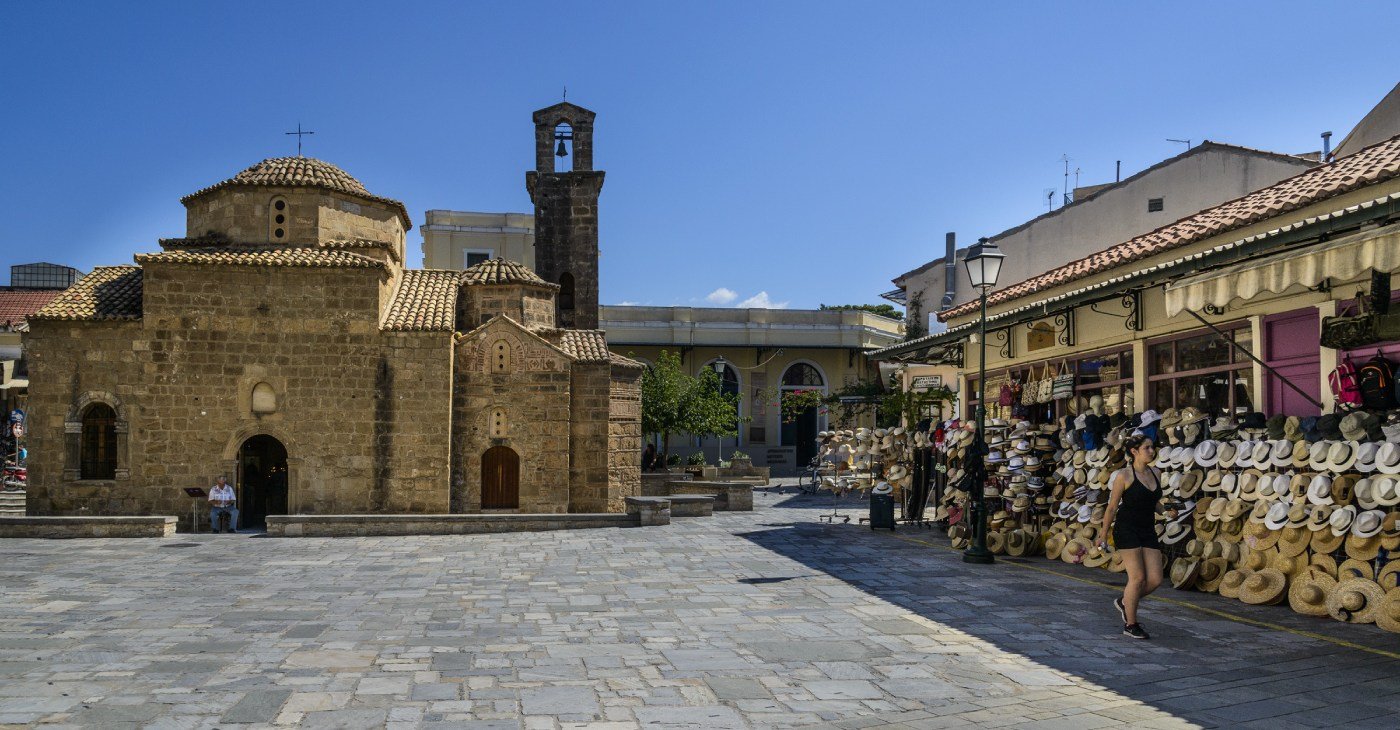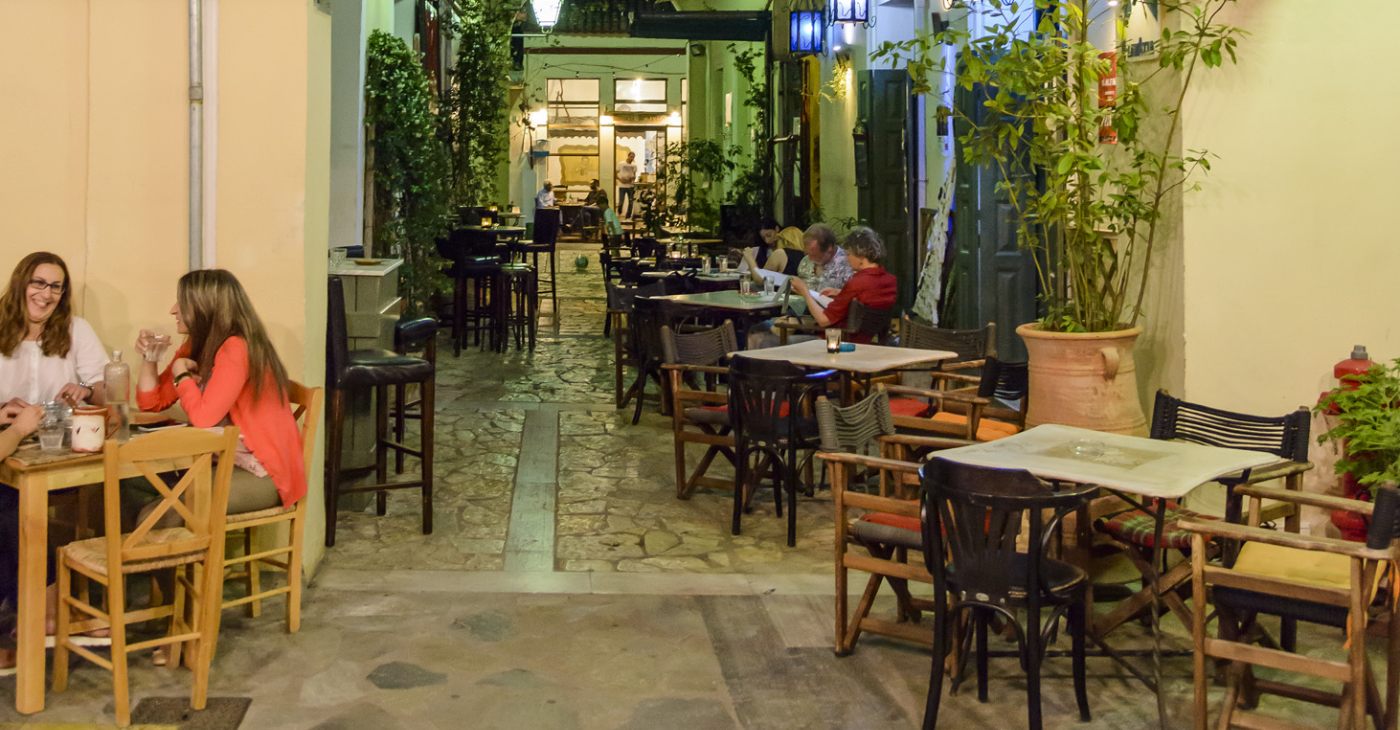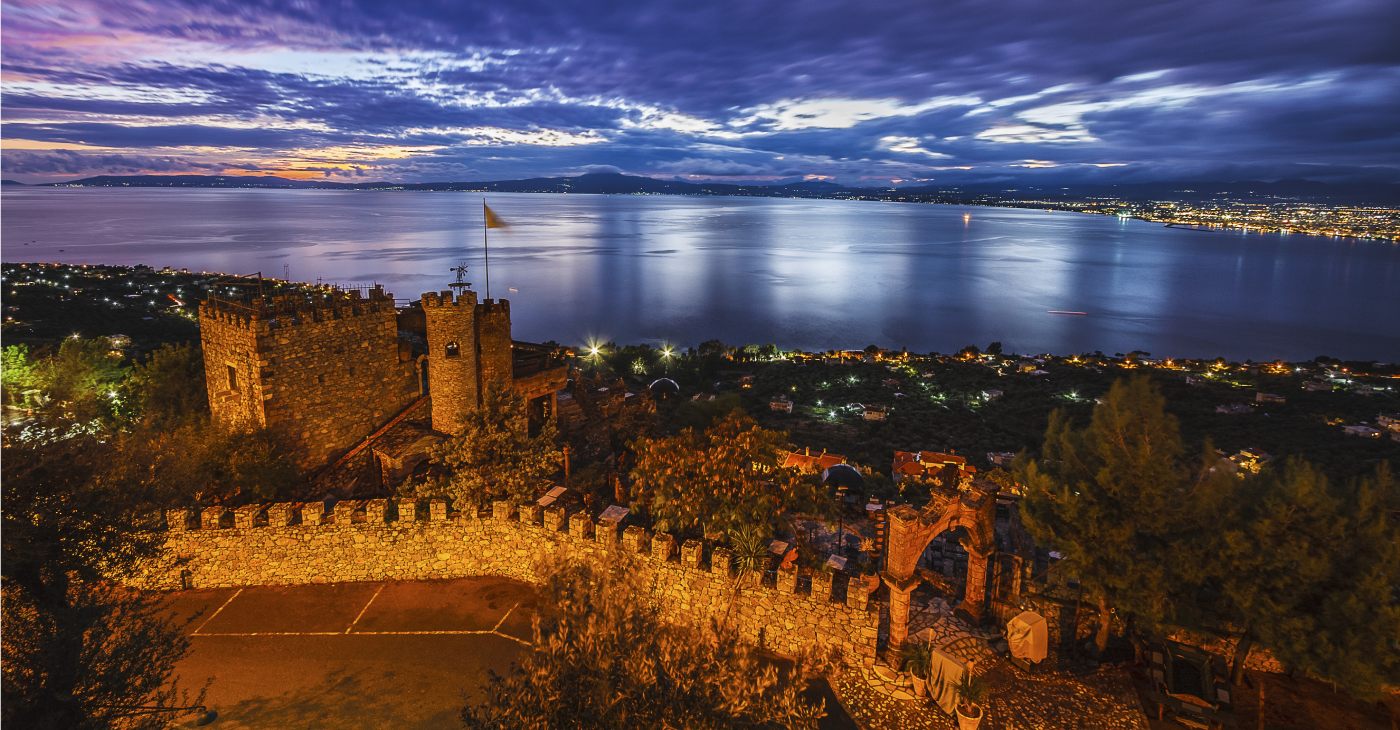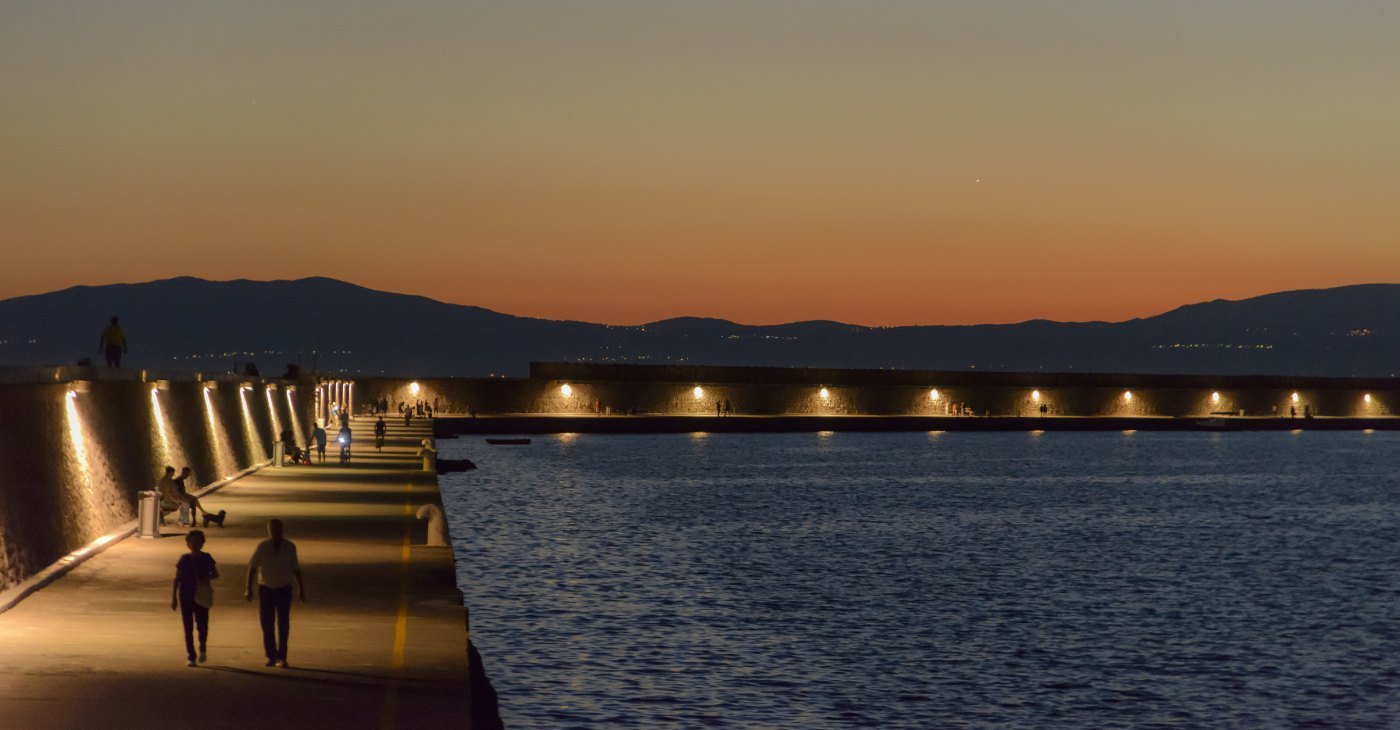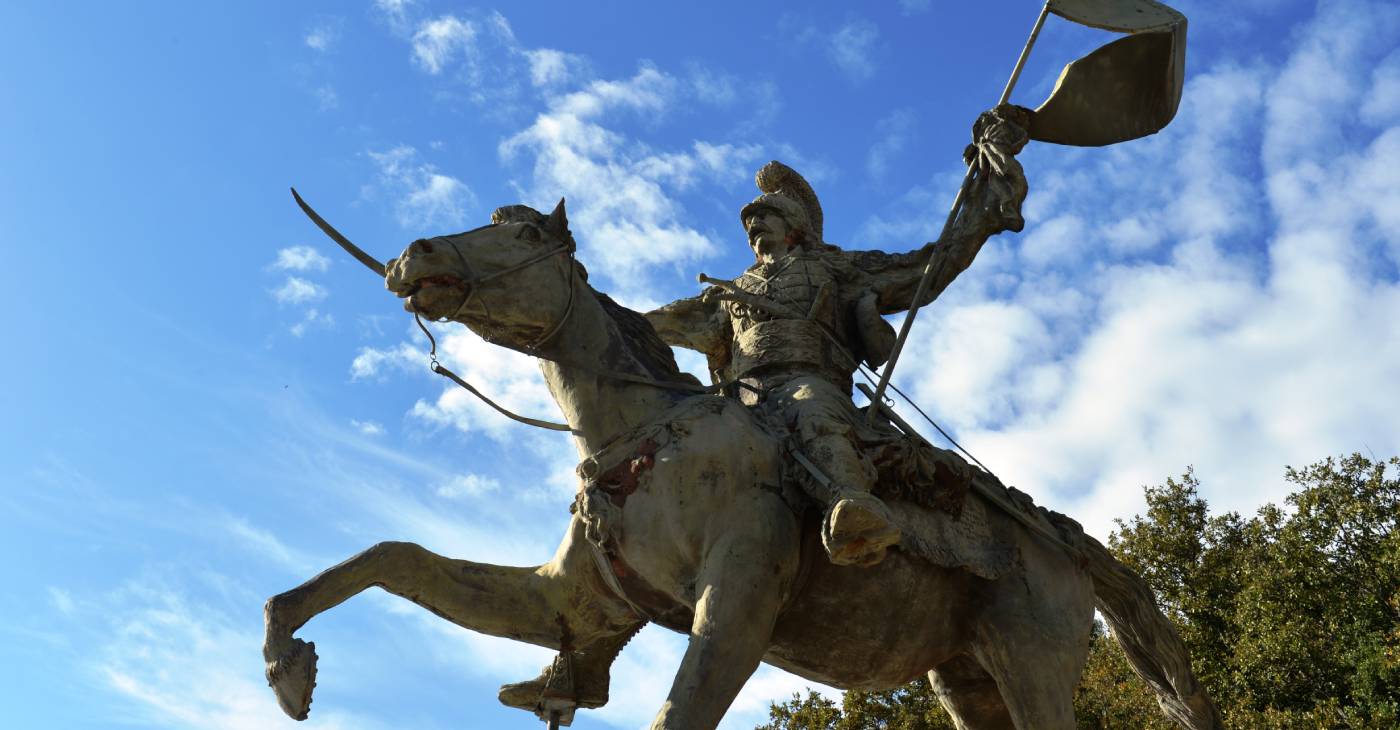OVERVIEW
1Η DAY:
Tour of Kalamata
On March 23rd, 1821, Kalamata was peacefully liberated from the Ottomans. That afternoon, the people of Kalamata gathered outside the Church of the Holy Apostles by the river Nedontas to witness the first ever church service to be performed as a free people.
Leaders of the fight for independence, including Theodoros Kolokotronis, Anagnostaras, Nikitaras, Papaflessas and Petrobey Mavromichalis, as well as around 2000 fighters from Mani attended the ceremony. The Revolution was just beginning…
2Η DAY:
Searching for Ibrahim Pasha…
Visit the villages, fortresses, battlefields and monuments connected with Ottoman-Egyptian military operations led by Ibrahim Pasha in the Peloponnese
February 1825 – October 1828): the battles of Schinolaka (16/17th of March, 1825) and battle of Kremidia (7th of April 1825), Ibrahim’s occupation of Sphacteria (26th of April 1825) and Niokastro (6th May 1825), the battle of Maniaki (20th May 1825) and the Naval Battle of Navarino (27th October 1827).
3Η DAY:
In the footsteps of the revolutionaries: Papaflessas and Anagnostaras, Theodoros Kolokotronis, Nikitaras, Konstantia Zacharia
Discover the birthplaces, meeting and living points, hiding places and strongholds of the great fighters of the Revolution, such as …
4Η DAY:
“My beloved Nafplio…”
30th November 1822. Nafplio was liberated after a many-month long siege. Not through a direct attack, but secretly and silently.
On a rainy, moonless night, the Greeks caught wind that the besieged Ottomans inside had left one side of the castle unguarded. This was due to the extreme deprivation and hardships on the inside, forcing most of the Ottomans to be caught off guard . It was under these circumstances that Staikos Staikopoulos led 350 fighters plus 30 German philhellenes on the front line. They climbed ladders up the castle walls to enter Palamidi, passing one fortification after another without much resistance. The next morning, on the day of Saint Andrew, cannon fire was heard as the blue and white flag of Greece was raised over the city. This is where some of the most fascinating and formative events in modern Greek history would take place. The reclaiming of Nafplio Fortress was a truly important event, “un événement majeur”, as Ioannis Kapodistrias described in a letter to his brother just a month and a half later. Unlike other Greek cities, Nafplio was never recaptured by the Ottomans.
5Η DAY:
The birth of the blue and white flag, The disaster of Dramalis
Places and monuments connected with important events of the first two years of the Greek Revolution: First National Assembly at Epidaurus (20th December 1821 – 15th January 1822); the handing over of the Acrocorinth to the Greeks and the presence of the Greek government in Corinth (January – May 1821); Dramali’s expedition and defeat in the Peloponnese (July – November 1822).
